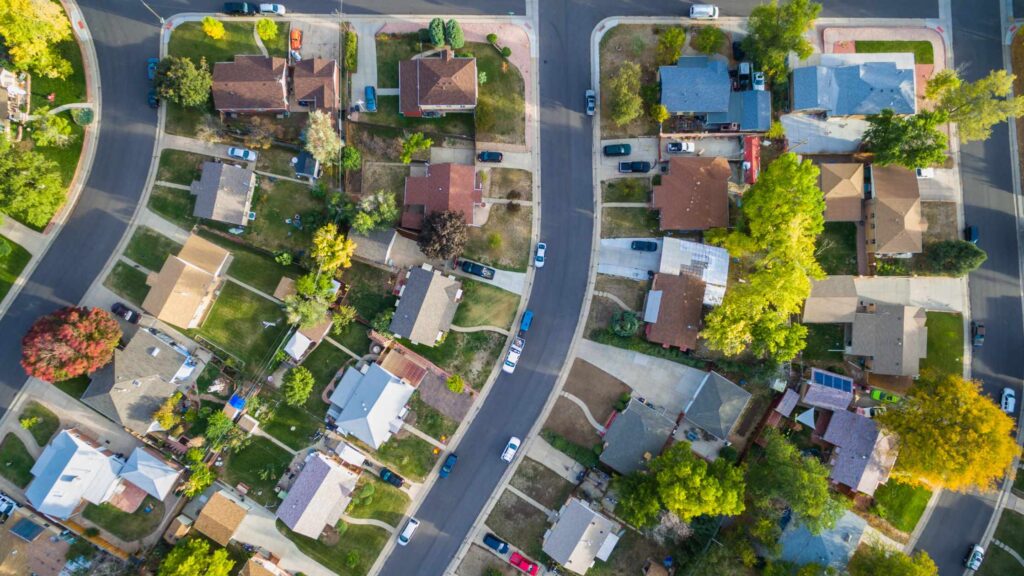Researching the Neighborhood
When it comes to choosing the right neighborhood, location is key. As a renter, you want to make sure that the neighborhood you choose aligns with your lifestyle and meets your needs. But how do you go about finding the perfect neighborhood? Here are some important factors to consider:
Safety and Security
One of the most important aspects to consider when choosing a neighborhood is safety and security. Take the time to research crime rates and police reports in the area. Look for neighborhoods that have a low crime rate and a strong police presence. Additionally, it may be helpful to visit the neighborhood at different times of the day to get a sense of how safe you feel.
Proximity to Work or School
Another crucial consideration is the proximity of the neighborhood to your workplace or school. Think about your daily commute and how much time and money you are willing to spend on transportation. Choosing a neighborhood that is close to your daily destinations can save you valuable time and reduce commuting stress.
Amenities and Necessities
Evaluate the amenities and necessities available in the neighborhood. Are there grocery stores, restaurants, parks, or gyms nearby? Consider your lifestyle and the things that are important to you. If you enjoy dining out or spending time in nature, make sure there are options that suit your preferences within close proximity.
Transportation Options
Public transportation is an important factor to consider, especially if you don’t own a car or prefer not to drive. Research the availability and reliability of public transportation in the neighborhood. Are there bus stops or train stations nearby? Having convenient transportation options can greatly enhance your quality of life.
Community and Atmosphere
If you value a strong sense of community and a particular atmosphere, take the time to explore the neighborhood and interact with its residents. Attend local events, visit local businesses, and get a sense of the overall vibe. You want to choose a neighborhood where you feel comfortable and can see yourself fitting in.
Schools and Education
For families with children or individuals pursuing higher education, the quality of schools and educational institutions in the neighborhood is an important consideration. Research the local school district and the ratings of nearby schools. Additionally, look for proximity to colleges or universities if you are a student.
Future Development and Trends
When choosing a neighborhood, it is essential to consider its future development and trends. Look for signs of growth and investment in the area. If there are new businesses opening, infrastructure improvements, or planned developments, it indicates a promising future for the neighborhood. Being aware of these factors can help you make a long-term decision.
Affordability
Consider your budget and the cost of living in the neighborhood. In some areas, the cost of housing, groceries or utilities can vary significantly from one neighborhood to another. Evaluate your financial situation and make sure the neighborhood you choose aligns with your budget. Remember to account for potential rent increases or additional expenses that may arise.
Conclusion
Choosing the right neighborhood is a decision that should not be taken lightly. By considering factors like safety, proximity, amenities, transportation, community, education, and future development, you can make an informed choice. Remember that the perfect neighborhood is subjective – what works for one person may not work for another. Take the time to research, visit, and connect with the neighborhood to ensure it aligns with your needs and lifestyle. Happy neighborhood hunting!







